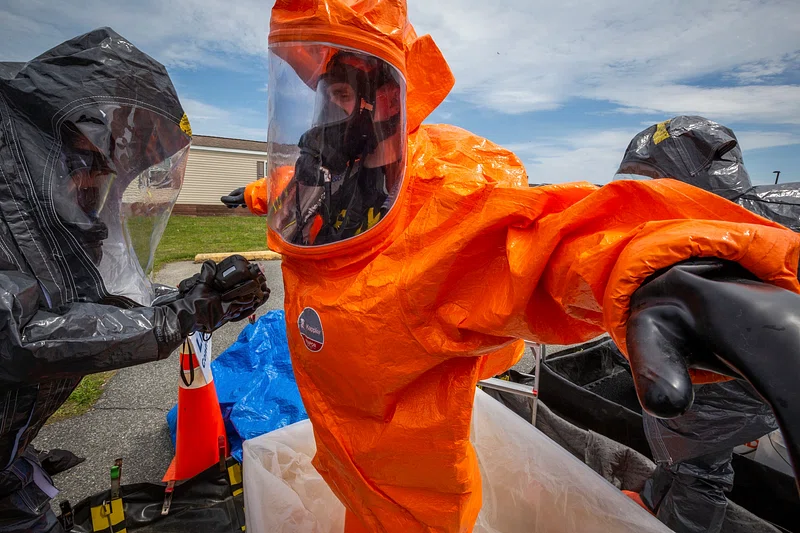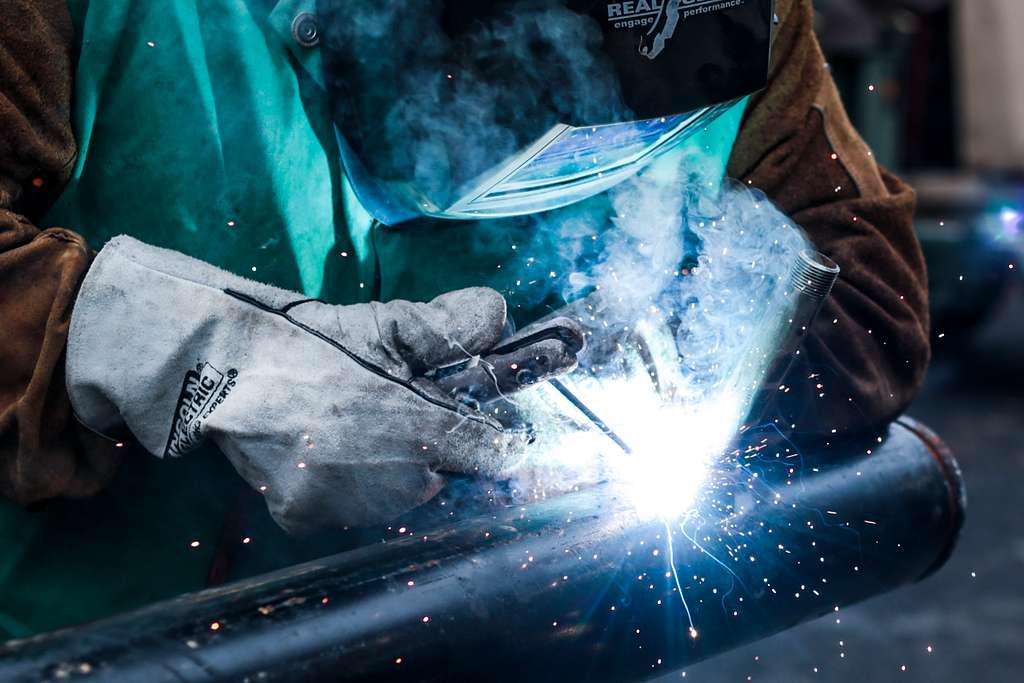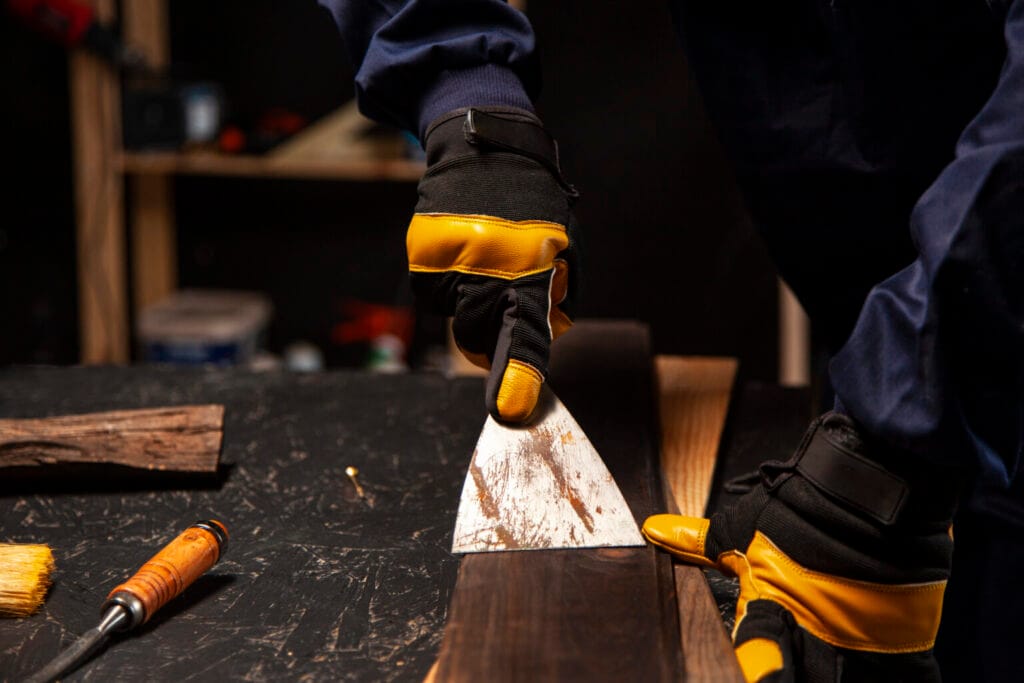
Buying chemical protective clothing is one thing—understanding what the EN standard on the label really means is another.
Whether you’re looking at EN 943, EN 14605, EN 13034, or EN 13982, each standard defines a different level of protection and usage context.
Here’s a clear, no-jargon breakdown of the main EN standards for chemical protective suits—and what they tell you about the gear you’re buying.
What Are EN Standards?
EN standards are European Norms—technical safety standards developed by recognized bodies like CEN (European Committee for Standardization).
In chemical PPE, they specify how suits should be tested, labeled, and used.
If a suit is CE-certified, it means it complies with at least one EN standard that applies to its intended hazard.
✅ Think of EN standards as the “safety license plate” on your chemical suit.
Overview Table of Key EN Standards for Chemical Protective Clothing
| EN Standard | Covers Protection Type | Equivalent Suit Type | Hazard Type |
|---|---|---|---|
| EN 943-1 | Gas-tight suits (encapsulated) | Type 1a / 1b | Toxic gas, full body enclosure |
| EN 943-2 | Gas-tight emergency suits | Type 1a ET | Emergency teams / first response |
| EN 14605 | Liquid-tight and spray-tight suits | Type 3 & Type 4 | Pressurized chemical liquids |
| EN ISO 13982-1 | Dry particle protection | Type 5 | Solid dust, powders, particulates |
| EN 13034 | Limited splash protection | Type 6 | Low-risk light chemical splashes |
| EN 1149-5 | Anti-static clothing (optional) | For explosive zones | ATEX compliance (static control) |
| EN 14126 | Infective agent protection | Biohazard labeling | Virus, bacteria, medical threats |
| EN 14325 | Fabric performance rating | All types | Seam strength, penetration, degradation |
Deep Dive: EN 943-1 and EN 943-2
EN 943-1: Gas-Tight Chemical Suits (Type 1)
- Full body, encapsulating design
- Requires air-tight zippers, sealed seams, and visor systems
- Must pass gas leak tightness test (Type 1a for SCBA inside, 1b for SCBA outside)
✅ Used in: chemical manufacturing, HAZMAT teams, toxic gas emergencies
EN 943-2: Emergency Team Suits (ET)
- Stricter version of EN 943-1
- Designed for chemical emergency response crews
- Must meet additional flame resistance and mechanical strength
🧯 If you’re protecting rescue workers or firefighters, EN 943-2 compliance is critical.
EN 14605: Liquid & Spray-Tight Suits (Type 3 and 4)
Type 3: Liquid-Tight Suits
- Withstands pressurized liquid spray
- Must have sealed seams, welded zippers, and tight cuffs
- Example: acid handling, bulk liquid transfer
Type 4: Spray-Tight Suits
- For low-pressure chemical sprays
- Looser seal than Type 3, but still resistant to saturation
✅ Most chemical splash suits fall into Type 3 or Type 4
✅ Check if hood, cuffs, zippers are truly liquid-sealed
EN ISO 13982-1: Particle Protection (Type 5)
- For airborne solid particles, like powders or fibers
- No liquid protection
- Must resist particle penetration for at least 8 hours
✅ Used in: pharma, asbestos removal, powder coating
EN 13034: Limited Chemical Splash Protection (Type 6)
- Lowest protection level
- Resists small volume, low-pressure splashes
- Ideal for cleaning, light lab work, maintenance tasks
✅ Great for general use—but never for high-risk chemical exposure
EN 1149-5: Anti-Static Clothing
- Optional, but often required in ATEX or flammable zones
- Prevents electrostatic discharge (ESD) from building up
- Fabric must meet charge decay time < 2s
✅ Often combined with Type 5/6 suits in pharma or explosive facilities
EN 14325: How Fabric Performance Is Graded
EN 14325 doesn’t define protection level—it’s the testing protocol behind other standards.
It measures:
- Resistance to permeation (how long until chemical passes through)
- Resistance to penetration (how well seams/fabric blocks liquid)
- Tensile & tear strength
- Abrasion and flex cracking
🧪 This is how you compare one suit’s performance vs. another—even if they have the same Type.
How to Read a Label Like a Pro
Your suit should have a label or datasheet with:
- CE mark with 4-digit Notified Body number
- Standard(s) applied: e.g. EN 14605:2005 + A1:2009
- Type classification (e.g. Type 3B)
- Size, batch number, date of manufacture
- Fabric performance class (optional but recommended)
- Pictograms: liquid splash, dust, gas, biohazard, static, etc.
✅ Never buy chemical suits without a visible CE + EN marking + DoC availability.
Common Pitfalls in Understanding EN Standards
| Misconception | Reality |
|---|---|
| “EN 14605 covers all chemical suits” | No—it only applies to Type 3 & 4 liquid protection |
| “Type 6 is enough for lab acids” | Depends—dilution, time, pressure all matter |
| “CE mark = top protection” | CE shows compliance, not performance class |
| “All Tychem® suits are EN 943” | No—some are only EN 14605 or EN 13034, check product sheet |
Conclusion
Understanding EN standards isn’t just paperwork—it’s essential for worker safety, compliance, and legal protection.
As a buyer or EHS lead:
- Match chemical risk with the correct Type (1–6)
- Always verify suits are tested under the right EN standard
- Don’t just look for the CE logo—read what’s underneath it
Need help deciphering chemical PPE standards or finding CE-compliant gear for your workplace?
We’ll break down the complexity—and get you the protection you actually need.
📩 Contact: [email protected]
🌐 Visit: www.workwearsolutions.net
Zion Zhang
Recent Posts
 Heat-Resistant Gloves: EN 407 Ratings and Industrial Applications2025年8月2日Working in high-temperature environments without the right […]
Heat-Resistant Gloves: EN 407 Ratings and Industrial Applications2025年8月2日Working in high-temperature environments without the right […] Chemical-Resistant Gloves: Choosing the Right Material for Every Hazard2025年8月2日Working with chemicals without the correct gloves can lead […]
Chemical-Resistant Gloves: Choosing the Right Material for Every Hazard2025年8月2日Working with chemicals without the correct gloves can lead […] Cut-Resistant Gloves: Levels Explained (ANSI A1–A9 & EN 388)2025年8月2日Cuts and lacerations are still one of the top causes of […]
Cut-Resistant Gloves: Levels Explained (ANSI A1–A9 & EN 388)2025年8月2日Cuts and lacerations are still one of the top causes of […] Anti-Vibration Gloves: Do They Really Reduce HAVS Risk?2025年8月2日Workers using tools like chainsaws, grinders, or […]
Anti-Vibration Gloves: Do They Really Reduce HAVS Risk?2025年8月2日Workers using tools like chainsaws, grinders, or […] Electrical Insulating Gloves: Understanding ASTM D120 & IEC 60903 Standards2025年8月2日Working around live electricity without proper gloves is a […]
Electrical Insulating Gloves: Understanding ASTM D120 & IEC 60903 Standards2025年8月2日Working around live electricity without proper gloves is a […] Impact-Resistant Gloves: ANSI/ISEA 138 Explained2025年8月2日Crush injuries, finger fractures, and severe bruising are […]
Impact-Resistant Gloves: ANSI/ISEA 138 Explained2025年8月2日Crush injuries, finger fractures, and severe bruising are […]
CONTACT US
- Feel free to contact us any time. We will get back to you as soon as we can!
- +86-17330061805
